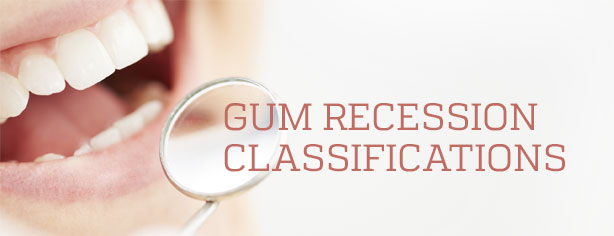Reviewing these gum recession classifications can aid in evaluating the type of defect your patients may have.
GUM RECESSION
Mucogingival defects are very common defects seen in patients with or without periodontal disease. Gingival recession can occur on any tooth and can be found on buccal or lingual surfaces. The causes of gingival recession are well documented. Causes include frenums, gingival infection which may weaken the attachment of the tissue to the tooth and trauma which can cause tissue damage. Trauma can range from aggressive tooth brushing habits to lip or tongue piercing. There is also a correlation between gingival recession and past orthodontic therapy.
Dr. P.D. Miller, a periodontist and fellow alumni from the University of Alabama, classified gingival recession. By reviewing these classifications, I hope it will aid you to diagnose the type of recession defects your patients may have. Having this classification system will also help in your knowledge of expected surgical root coverage results.
CLASSIFICATION OF MARGINAL TISSUE RECESSION
Miller’s Class I
Marginal tissue recession that does not extend to the mucogingival junction.
Miller’s Class II
Marginal tissue recession that extends to or beyond the mucogingival junction, with no periodontal attachment loss (bone or tissue) in the interdental area.
Miller’s Class III
Marginal tissue recession that extends to or beyond the mucogingival junction, with periodontal attachment loss in the interdental area or malpositioning of teeth.
Miller’s Class IV
Marginal tissue recession that extends to or beyond the mucogingival junction, with periodontal attachment loss in the interdental area or malpositioning of teeth.
ROOT COVERAGE EXPECTATIONS
Class I and II defects can expect about 80-100% root coverage with soft tissue grafting
- Class III defects can expect less than 80% root coverage.
- Class IV defects can expect little to no root coverage.
In future Newsletters, I will review soft tissue treatment options for root coverage and increasing attached gingiva.
Should you have any questions regarding any periodontal or implant issues, please don’t hesitate to call or email me.



